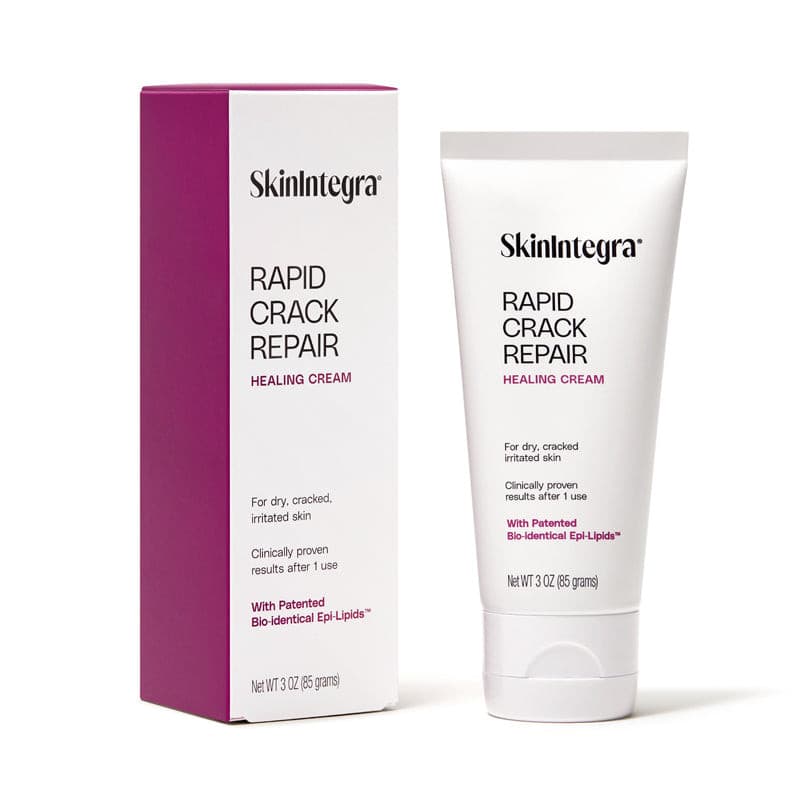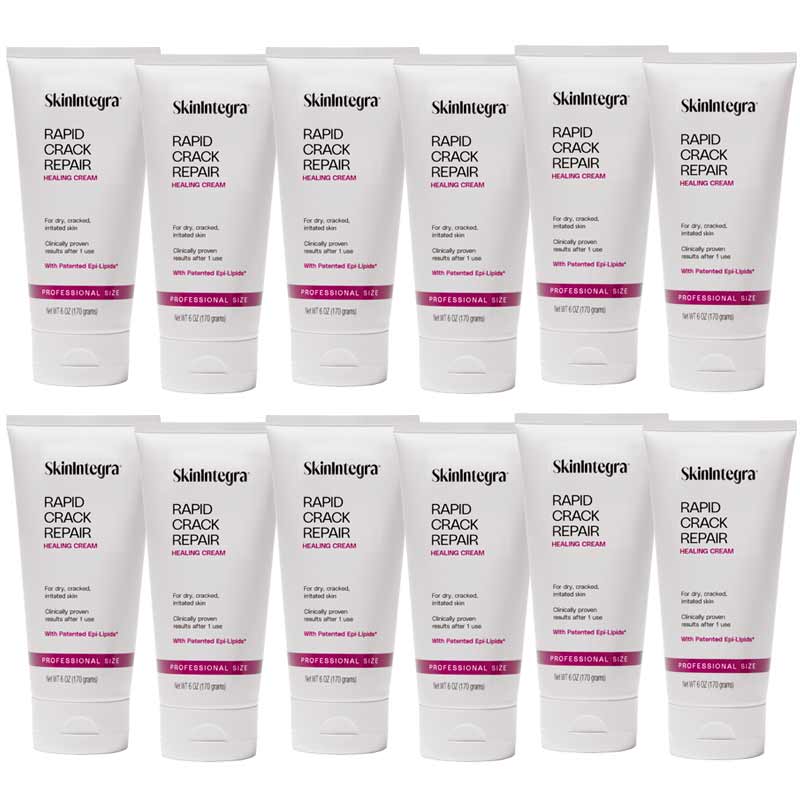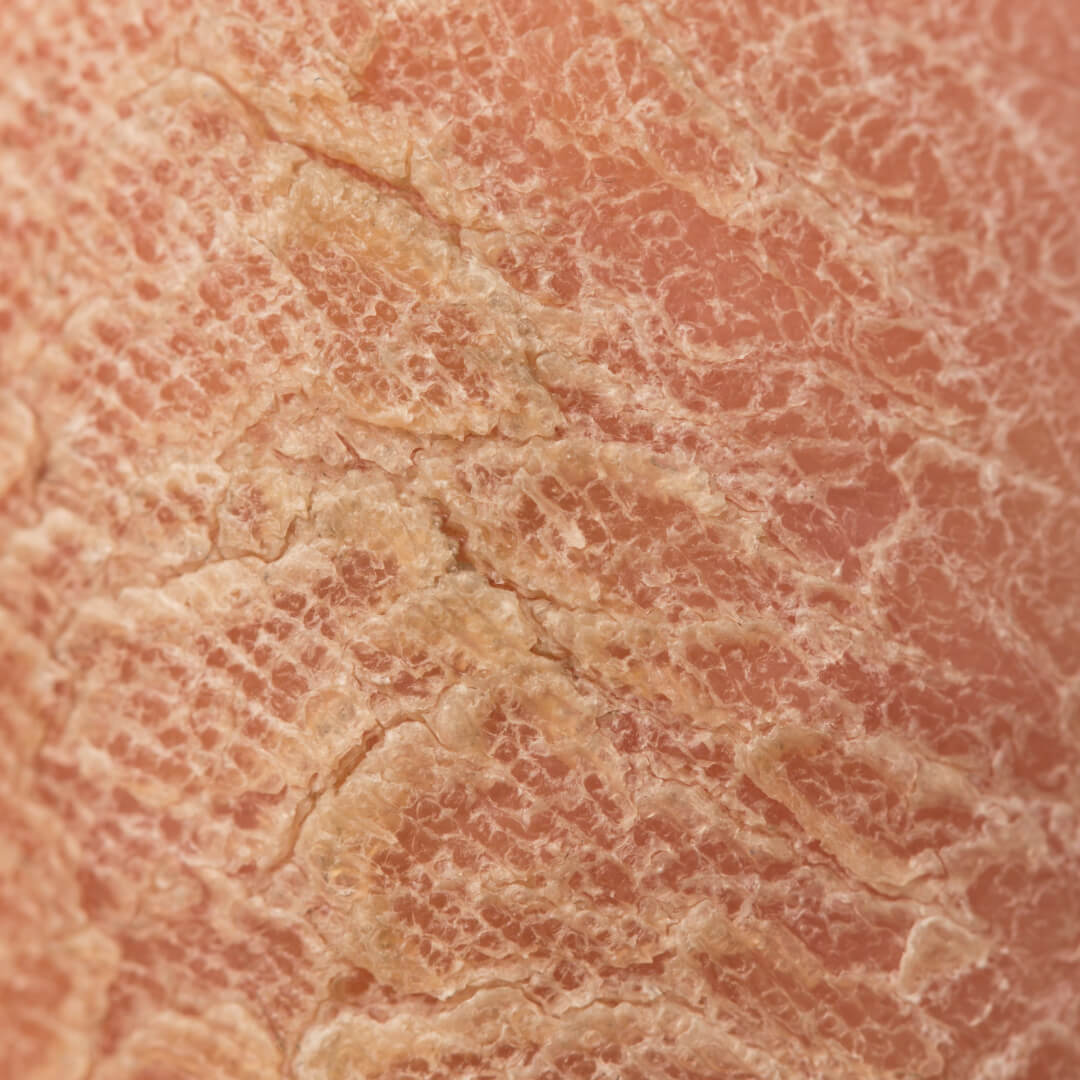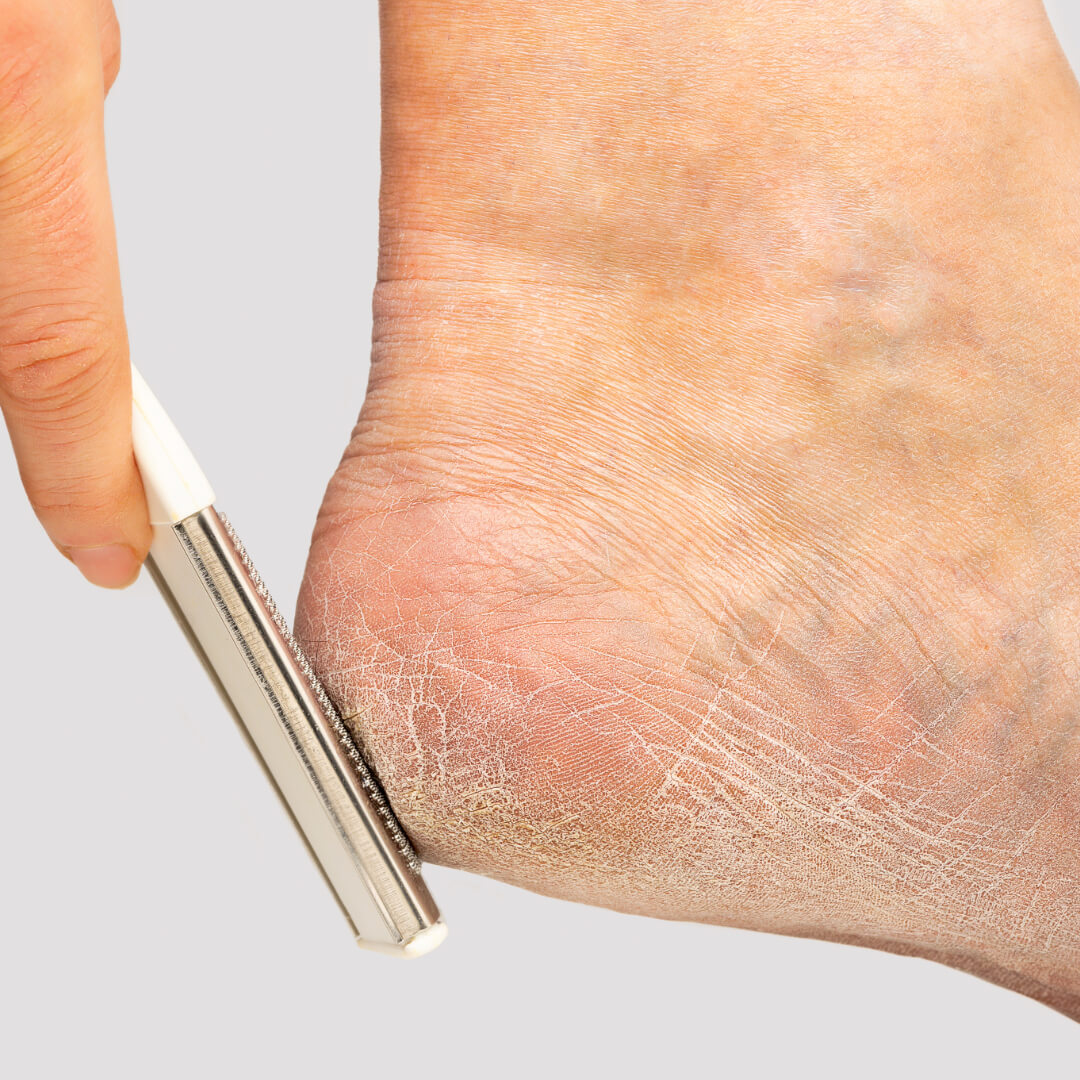Living with diabetes can be a daily struggle, with various symptoms and complications that can arise. One commonly overlooked issue is itchy skin, which can be more than just a nuisance. Dry or itchy skin can get infected. If you have diabetes, you may not be able to fight off infections as well as those who do not have the condition. That’s why understanding the link between diabetes and itchy skin is crucial for finding relief.
When blood sugar levels are poorly controlled, it can lead to a variety of skin problems, including dryness, redness, and itching. The high glucose levels in your blood can affect the nerves and blood vessels, disrupting the normal functioning of your skin.
But why does diabetes cause itchy skin? The answer lies in the relationship between blood sugar and moisture levels. When blood sugar levels are high, it can lead to dehydration, causing your skin to become dry and itchy.
Finding relief from itchy skin is essential for improving your quality of life with diabetes. In this article, we will explore the connection between diabetes and itchy skin, as well as provide practical tips and strategies to relieve the discomfort associated with this condition.
Common skin problems associated with diabetes
Diabetes can affect various organs and systems in the body, including the skin. Skin problems are common in individuals with diabetes and can range from mild to severe. Some of the most common skin issues associated with diabetes include dryness, redness, itching, and slow wound healing.
Dry skin is a frequent complaint among people with diabetes. High levels of glucose in the blood can lead to dehydration, which in turn causes the skin to become dry and itchy. Additionally, poor blood circulation and nerve damage, both of which are common in diabetes, can further contribute to dry skin.
High blood sugar can also damage the skin barrier (protects the skin from external aggressors). This makes you more likely to itch since your skin is more exposed to irritants. It can also lead to infections.
Itching, also known as pruritus, is another prevalent skin problem experienced by individuals with diabetes. The itchiness can be localized or affect the entire body. It can be incredibly uncomfortable and interfere with daily activities and sleep.
Understanding the link between diabetes and itchy skin
The relationship between diabetes and itchy skin is multifaceted. High blood sugar levels can lead to nerve damage, known as diabetic neuropathy. This can affect the nerves responsible for transmitting sensations to the skin, leading to abnormal itching sensations. Additionally, diabetes can impair blood circulation, depriving the skin of essential nutrients and moisture, further exacerbating dryness and itching.
The immune system also plays a role in the development of itchy skin in diabetes. Individuals with diabetes have a higher risk of developing skin infections, which can cause itching and discomfort. These infections can be more difficult to treat in people with diabetes due to compromised immune function.
Certain medications used to manage diabetes can also contribute to itchy skin. For example, insulin injections can cause local itching or skin reactions at the injection site. It is important to communicate any skin issues with your healthcare provider to determine if any changes to your medication regimen are necessary.
Stress and anxiety, which are common among people with diabetes, can worsen itching sensations. Stress can trigger inflammatory responses in the body, exacerbating skin conditions and causing itching.
Furthermore, people with diabetes can get certain skin conditions more easily than people who do not have diabetes. A key example of these are fungal infections such as Athlete’s foot, which can lead to itching.
Tips for managing and preventing itchy skin in diabetes
Managing and preventing itchy skin in diabetes requires a multi-faceted approach. Here are some practical tips to help alleviate the discomfort associated with itchy skin:
- Keep your skin moisturized: Apply a moisturizing lotion or cream regularly to keep your skin hydrated. Opt for fragrance-free and gentle moisturizers to avoid irritation. A person with diabetes should not apply lotion between the toes, as this can attract harmful fungi.
- Avoid hot showers: Hot water can strip your skin of its natural oils, leading to dryness and itching. Stick to lukewarm water and limit your shower time.
- Use mild, fragrance-free soaps: Harsh soaps and cleansers can further dry out your skin. Choose gentle, moisturizing soaps that are specifically formulated for sensitive skin.
- Pat dry, don't rub: After showering or bathing, pat your skin dry with a soft towel instead of rubbing. Rubbing can irritate the skin and worsen itching.
- Consider over-the-counter (OTC) anti-itch creams containing cortisone: Over-the-counter hydrocortisone creams can help reduce itching and inflammation. However, prolonged use should be avoided, as it can lead to skin thinning and other side effects.
- Wear loose-fitting, breathable clothing: Tight clothing can cause friction and irritation, leading to itching. Opt for loose-fitting, breathable fabrics like cotton to minimize discomfort.
- Avoid scratching: Although it may provide temporary relief, scratching can damage your skin and lead to further complications. Instead, try using a cold compress or applying a moisturizer to soothe the itch.
- Maintain optimal blood sugar control: Keeping your blood sugar levels within the target range can help minimize skin complications associated with diabetes, including itching.
Remember to consult with your healthcare provider before making significant changes to your routine. They can provide personalized recommendations based on your specific needs and medical history.
It is important to read and follow the instructions on the packaging when using over-the-counter remedies. If your symptoms persist or worsen, consult with your healthcare provider for further evaluation and treatment options.
A rapid healing cream for soothing itchy diabetic skin

SkinIntegra’s Rapid Crack Repair Cream is a novel repair moisturizer that was specifically formulated to help rapidly soothe and restore very dry, itchy skin from a range of challenging conditions including cracked skin, dry diabetic skin, psoriasis and eczema prone skin. It has been shown to be safe and effective in patients suffering from diabetes. Its patented composition is the result of research into all the components of a healthy skin barrier. For that reason, it includes the essential moisturizing and lipid ingredients naturally found in a healthy skin barrier such as urea, lactic acid, hyaluronic acid for moisturizers and essential fatty acids, natural oils and ceramides for lipids. In a clinical trial, 100% subjects experienced soothing relief from dry, itchy skin in the first 24 hours.
Rapid Crack Repair Cream is free of common skin irritants which can cause a reaction and slow the natural healing process such as fragrances, dyes, parabens and other harsh preservatives, petroleum-based ingredients, and phthalates.
Its non-greasy texture absorbs quickly and does not feel tacky or sticky.
Lifestyle changes to alleviate itchy skin in diabetes
Certain lifestyle changes can help alleviate itchy skin in individuals with diabetes. Consider incorporating the following habits into your daily life:
- Maintain a healthy diet: Eating a balanced diet rich in fruits, vegetables, whole grains, and lean proteins can promote overall skin health. Avoid excessive consumption of sugary and processed foods, as they can exacerbate skin issues.
- Stay hydrated: Drink plenty of water throughout the day to keep your skin hydrated from within. Aim for at least 8 glasses of water daily.
- Manage stress: Find healthy ways to manage stress, such as practicing relaxation techniques, engaging in regular physical activity, or seeking support from friends, family, or a therapist. Stress can worsen itching sensations and other skin problems.
- Avoid irritants: Identify and avoid any potential irritants that may trigger itching or worsen existing skin conditions. This may include certain fabrics, laundry detergents, or skincare products.
- Quit smoking: Smoking can worsen skin conditions and impair blood circulation, further exacerbating itching and dryness. Quitting smoking can have numerous health benefits, including improved skin health.
Conclusion on finding relief for itchy skin in diabetes
Itchy skin can be a bothersome and uncomfortable symptom for individuals with diabetes. Understanding the link between diabetes and itchy skin is essential for finding relief. By maintaining optimal blood sugar control, following a proper skincare routine, and making necessary lifestyle changes, you can alleviate itching and improve your overall skin health.
Don't let itchy skin add to the burden of living with diabetes. With the right strategies and a proactive approach, you can find relief and take control of your skin health. Consult with your healthcare provider for personalized recommendations and guidance on managing itchy skin in diabetes.





